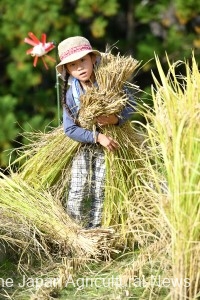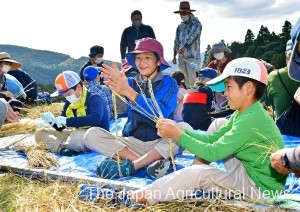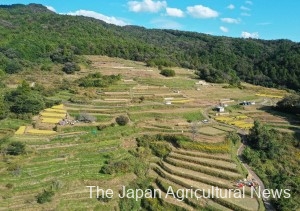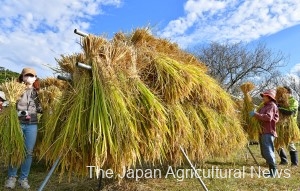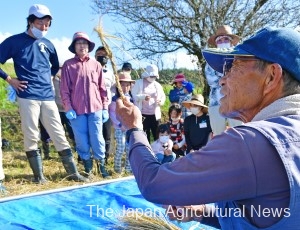“Wagyu Olympics” which judges the excellence of branded cattle from all over Japan took place.
Watch and try to unveil the mystery of Japanese Wagyu. English, French and Chinese Subtitles are available (Spoken only in Japanese).-
Most Popular(Last 30 days)
- ZEN-NOH completes lineup of Nippon Yell brand gummy candies from Japan’s all 47 prefectures 73 views
- Neko-chigura cat cradles becoming increasingly popular among cats and cat lovers in Japan 60 views
- 【News】 Fruit tree science institute releases new apple variety with pink flesh (Jan. 22, 2014) 57 views
- 【News】Mysterious tradition of Matagi Japanese traditional winter hunters inherited for generations (March 20, 2016) 36 views
- It’s mysterious circles in Japan! Drone captures circles of trees 32 views
- New vending machines in Tokyo Station offering you nice relaxing experience with tea in chabacco, not tobacco! 32 views
- Self-serve sake dispensers at “Hokuriku+” pilot shop in Osaka Station making sake tasting more fun and accessible 30 views
- 【News】 Convey your love with “sweetheart plants” (Feb. 6, 2014) 29 views
- Japan-made bananas attracting attention with development of nontropical plants 27 views
- Sho-time on a rice field: Paddy art depicts Shohei Ohtani and his dog in his hometown 27 views
Tags
Archive
Kurumeki’s terraced rice field holds rice cutting event with outside supporters
This entry was posted in Food & Agriculture. Bookmark the permalink.


